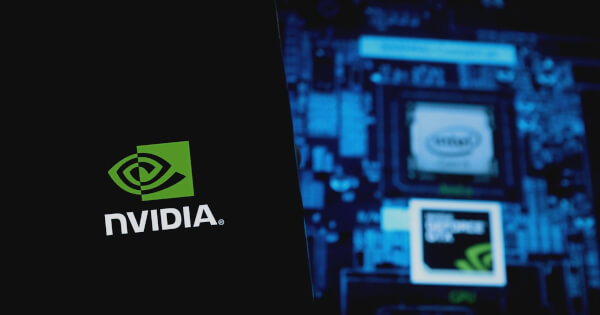Luisa Crawford
Oct 24, 2024 10:56
NVIDIA’s advanced computing systems promise to revolutionize physical AI in industries like manufacturing and robotics through enhanced training, simulation, and inference capabilities.
The integration of artificial intelligence into physical systems is set to advance significantly, thanks to NVIDIA’s innovative three-computer solution. As detailed in an article by the NVIDIA Blog, these systems will facilitate breakthroughs in training, simulation, and inference, propelling the evolution of physical AI in industrial applications.
The Rise of Multimodal, Physical AI
Since the introduction of AlexNet in 2012, AI has transitioned from simple image recognition to the complex realm of Software 2.0, where machine learning models run on GPUs. NVIDIA’s latest advancements aim to extend AI’s capabilities into the three-dimensional world, enabling robots to perceive, understand, and interact with their environment.
Physical AI, distinct from its digital counterpart, involves AI that is embodied in humanoids, factories, and other industrial systems. The shift from static to autonomous systems is anticipated to revolutionize sectors such as transportation, logistics, and manufacturing.
The Next Frontier: Humanoid Robots
Humanoid robots, adaptable to human environments, are projected to dominate the robotics market, expected to reach $38 billion by 2035. This growth is driven by global efforts to develop robots that can efficiently operate in various settings with minimal modifications.
These advancements are supported by NVIDIA’s development platforms that combine multimodal models and scalable simulations, allowing for the refinement and optimization of robot skills in virtual environments before real-world deployment.
Three Computers to Develop Physical AI
NVIDIA’s three-computer architecture encompasses supercomputers for training AI models, NVIDIA Omniverse for simulation and development, and NVIDIA Jetson Thor for runtime deployment. The integration of these systems supports the creation of advanced robotics capable of complex tasks such as 3D perception and autonomous operation.
The platforms facilitate simulation and testing, reducing costs and risks associated with physical data acquisition. The deployment of AI models on edge computing systems enables efficient, on-board processing for autonomous robots.
Building the Next Wave of Autonomous Facilities
Industries like manufacturing and logistics are poised to benefit from these innovations, with companies like Foxconn and Amazon Robotics leading the way. The use of digital twins for planning and optimization further enhances the capabilities of autonomous facilities, ensuring seamless integration and operational efficiency.
The digital twin framework, built on NVIDIA’s Omniverse, allows for comprehensive simulation and validation of robotic systems, enabling businesses to anticipate and mitigate potential issues before real-world implementation.
Empowering the Developer Ecosystem With NVIDIA Technology
NVIDIA’s technology empowers a global ecosystem of developers and robotics companies, facilitating the creation of innovative AI applications and accelerating the deployment of advanced robotic solutions. Companies like Universal Robots and Boston Dynamics are leveraging NVIDIA’s platforms to enhance their robotic offerings.
As the era of physical AI unfolds, NVIDIA’s three-computer solution stands at the forefront of this transformation, driving advancements across various sectors and paving the way for a new generation of intelligent machines.
Image source: Shutterstock









